
Morar Andrei
-
Posts
264 -
Joined
-
Last visited
Content Type
Profiles
Forums
Blogs
Gallery
Events
Store
Posts posted by Morar Andrei
-
-
Anything about this famous unit?
0 -
Anything connected to him would be nice to find out...
0 -
Anyone?
0 -
No problem, I still thank you for answer. I will not ignore your comment, because I found out something new there.
 0
0 -
Is there enaugh information for something? Thanks!
0 -
Thank you! I visited the museum back in 2013, but I forgot about some of these uniforms; they match to what I'm looking for. Also, the uniform images from my previous comment are from a set of cards bought from the museum when I visited it. Hope to get there again!
0 -
I found something, but it's 2-3 decades ahead from what I'm looking for. But still, this is what I found:
- Commander-in-Chief of the Wallachian army 1852
- Prince's adjutant Moldavia 1834
- Infantry second-lieutenant Moldavia 1830
- Artillery private, parade uniform Moldavia 1848
- Infantry soldier, summer uniform Moldavia 1853
- 3rd Wallachian Infantry Regiment (left) meeting the Moldavian Chasseurs Regiment (right) at Socola, near Iași, on April 14/26 1859
As a note, the "pandurs" (very common in the Balkans), as a Wallachian unit, have been used by Tudor Vladimirescu during the 1821 revolt against the ottomans as militia units. They were very similar to the Croatian ones, but I was looking for the regular army of the principalities. There are many refferences about their uniforms until the 2nd half of the 17th century and after 1859, but less about the period betwen. Plus, the "boyars" were the equivalent of the western nobles, since the Medieval times, huge land owners (the other large owners being the "voievod" and the Orthodox Church) and close members to the ruler. Thank you anyway!
0 -
Thank you! Now, the question would be about the uniforms of the units that served inside their own "countries". I only know that after Alexandru Ioan Cuza's reforms of 1862-1864, the permanent units of Wallachia and Moldavia, now united, would increase from 4000 soldiers to aproximatly 16000. That concludes the two principalities already had their own armies, even if very small, before the unification from 1859. How did these soldiers' uniforms look like?
0 -
-
-
Yes, it has. There was orinarly a fort, transformed later by the communists into a prison fir political opposants. The modern prison is close to the fort, in the town with the same name.
0 -
Reading about the history of the Romanian Principalities at the beginning of the 19th century (Wallachia and Moldova), I realised that they weren't under complete ottoman occupation, but just paying the yearly tribute. Thinking so, they would had had own armies, even if very small, and the uniforms of their soldiers would be a mix betwen russian, slavic, austrian and ottoman uniforms. But still, is there any image related to my question? This is what I found yet,nit sure about all, but hope to get more suggestions...
0 -
Few know of its existence, but Bucharest has an extraordinary architectural and historical treasure. It is the fortification network around the capital (18 forts and 18 batteries) built between 1884-1903 by King Carol I, under the direction of the Belgian general Henri Alexis Brialmont, whose goal is to defend the capital in case of war. They were supposed to give a strong defence agains any attack from the north, but the southern flank of this defence ring was less fortified. For the construction of these buildings, which practically surrounds the Capital, adjacent to the Ring Road, at that time lands were expropriated and 111 million lei was paid from the state treasury. General Brialmont also built the fortifications around Amsterdam and the fortifications from Antwerp and Liege - Belgium, known all over the world. Unfortunately, the forts around Bucharest are on the brink and are not accessible to the public. The fortification network around the capital was built by King Carol I under the direction of Belgian General Henri Alexis Bialmont. It consists of 18 batteries and 18 interstellar forts: a fort, a battery, a fort, a battery, about 2 km away, and its purpose was defense. "Between 1883 and 1903, the fortifications under the guidance of the Belgian general Henri Alexis Brialmont were made, after which they began building their buildings. The Otopeni, Jilava, Mogosoaia and Chitila Forts were built in the first ten years. were built as those in the North of the Capital, according to the project. As budget constraints have been modified to fit the allocated budget. The purpose was to protect the capital. It is 18 forts and 18 batteries, they are united by some tunnels. When the war started in 1914, and Romania entered the war in 1916, they were emptied of weapons because there was no funds, and in each battery / fort could enter about 100 soldiers and were equipped with cannons. When the German army entered Bucharest , they thought it would be a hard fight, we had this system of fortifications, but they entered "quiet." Originally it was foreseen that the fortification network will cost 85 million lei, but finally they cost at 111 million lei. Very large amounts have also been paid for the expropriation of the land on which these fortifications were built. A royal decree was given." Currently, the fortification network has several owners: the military, various ministries, local councils, the city hall, private companies. Some of the forts are in good condition, others are flooded or in an advanced state of degradation. "Now it is difficult to access them, some being flooded, some being military units. Some of the military units have been decommissioned, and now there is only a guard. Some of them were warehouses, in other companies, shooting polygons, "explains Alexandrina Nita in in article from 2014. The fortification system is currently in a process of irreversible damage. Today there are 17 forts and 13 intermediate batteries out of the 36 constructions, the rest being destroyed due to accidental explosions of ammunition depots. Of the remaining artillery shells and batteries, most are degraded, abandoned and flooded. Many are on the territory of some military units but have not been used anymore. Some have hosted or housed mushrooms or pickles or are abandoned, hidden under vegetation. In order to protect them, especially on private property, by real estate sharks, and in order to be able to make a rehabilitation project, since 2004, the County Directorate started the procedure of classification on the historical monuments list.
Initially three types of forts were designed, of varying size, but the innovations and adaptations during the final plans led to a diversification of the fortifications. Thus, according to structure, individual purpose and particularities, forts and batteries are classified into the following types:
Fort type 1
Representatives: 1 Chitila and 3 Otopeni
Structure: pentagonal
Category: Big Forces, from Brialmont's original plans
Fort type 2
Representatives: 2 Mogosoaia and 13 Jilava
Structure: pentagonal modified versus type 1
Category: Big Forces, from Brialmont's original plans
Fort type 3
Representatives: 4 Tunari, 7 Pantelimon - 18 Chiajna, total 12.
Structure: trapezoidal
Category: Forces adapted from General Brialmont's plans to a new type of ammunition.
Fort type 4 (water)
Representative: 5 Stefanesti
Structure: pentagonal
Category: Private variant of type 2, surrounded by 3 pieces of water ditches
Fort type 2 modified (unique)
Representative: 6 Smoke
Structure: pentagonal modified versus type 1
Category: Variant modified during construction of type 2
Intermediate batteries
Type 1: 1-2 Chitila, 4-5 Tunari, 5-6 Ştefanesti, 6-7 Smoke and 7-8 Pantelimon
Type 2: 13-14 Jilava, 14-15 Broscărei
Type 3: 2-3 Mogoşoaia, 8-9 Cernica, 9-10 Cătelu, 15-16 Magurele, 16-17 Bragadiru, 17-18 Domneşti, 18-1 Chiajna
Type 4: 3-4 Otopeni
Mixed Type A: 12-13 Berceni
Mixed Type B: 10-11 Leordeni, 11-12 Popeşti
0 -
Finally got more information, as an update to the current situation. Here what I can connect to them:
- native from Kucsuláta (Cuciulata in Romanian), part of Fogaras district
- fought in the Austro-Hungarian Army as infantry soldiers
- one of them looks to have the rank of corporal in a Honved division, the other one being just a rifleman
- most probably members of the Royal Hungarian Infantry Regiment Nr.23, 3rd battalion (battalion garrisoned in Fogaras)
- the fate of the regiment, such as these two's, is unknown to me; they maybe fought in Galicia, Serbia, Italy or Romania
- in the photography of the Cuciulata conscripts returned home in autumn-winter 1918, these two guys are not visible, which would mean some possibilities: a) they died on the front, but I haven't seen any mention of that on the WW1 heroe's monument from Cuciulata or in the cemetery of austro-hungarian soldiers from Făgăraș, even if there are many romanian names; they fought in Italy, and maybe joined the Romanian Legion from the italian army (argument reinforced by the fact that many soldiers of that unit were from Făgăraș and the sorrounding villages), unit which was disbanded only in 1919, year when its members returned home c) the just weren't visible in the image, which would be a bit awkward, because everyone there is very visible
- I'm not sure if they are from my direct family line or are indirect relatives, even thou my family name is very common in that area (Morar, Moraru, Morariu etc.). Plus, in some possible hungarian registers, their names might be adapted to the hungarian form, which would be a bit puzzleing
Also, I got some colorised images, which might help:
0 -
I'm looking for a romanian soldier that fought in the Second World War. His name was Țurlete Tudor, native from Măgura, a village located now in Teleorman County. He fought from 1941, got to Stalingrad and the Don's Cot. After 23rd of August 1944, he became prisoner to the german army and sent to a POW's camp, but escaped during an air bombardment over the station where his train was, somewhere in Hungary, and got back to his village in Romania by foot. He was my grand-grandfather's dad. I would like to find more about him, my curiosity being aroused by some old stories told by my grandfather not so much time ago.
0 -
Is there any such festival in Romania, except for the historical film festival of Rasnov or any small one? Something on a much larger scale, like in west Europe or USA...?
0 -
-
Even if the battle of Mărășești was intensly promoted by the Romanian authorities, calling it a huge victory, there are no more signs in the area to give you the idea there was a large battle 100 years ago. Compaired to that, in Western Europe and Italy, some of the trenches have been carefully restored. Here, nobody was interested to keep the memory of this victory. The only thing remembering about is a huge mausoleum built in the 20s-30s. Can you help me identify, at least aproximately, where was the frontline? Thank you very much for effort!
0 -
From 25th of October until 6th of November, the fortress from Făgăraș, Romania, will organise an exhibition related to the role of the rail roads during the Great War, both civilian and military, during the great retreat of 1916 in trying to evacuate the citizens from the way of the german invaders, during the battles of 1917, transporting ammunition and artilery to the front, or during 1918-1919's symbolical journeys of king Ferdinand and queen Mary(Maria) in Transylvania and abroad (queen Mary got in our town by train on 1st of July 1919), also not forgetting about the transylvanian rail network used by the Austro-Hungarian to send their troops to the front, units composed from many transylvanian conscripts. Also, there are some images on the railroads from the newly formed Kingdom of Romania, from the period 1919-1922. This exhibition is a collaboration betwen the national museum of the rail roads and some other prestigious institutions and museums around the country.
0 -
-
-
In another source, someone confirmed that this might be a Royal Hungarian Infantry Reginent 23 uniforn, maybe right a wartime one. He placed these two betwen 1914-1916, but if the were not send to the front, the timeline can be extended until 1918. One sure thing: in the 1918 photo from their village, these two guys look to be missing, wich majes the things a bit puzzleing
0 -
Conclusion: probably Honved? If yes, aproximately what year, according to his uniform? Thank you very much!
0 -



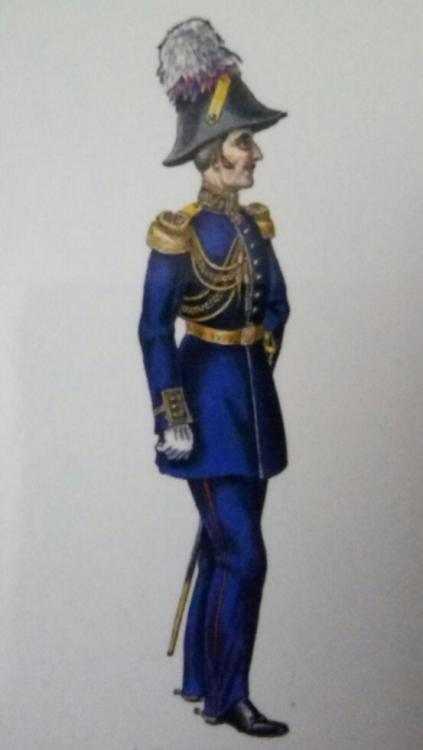
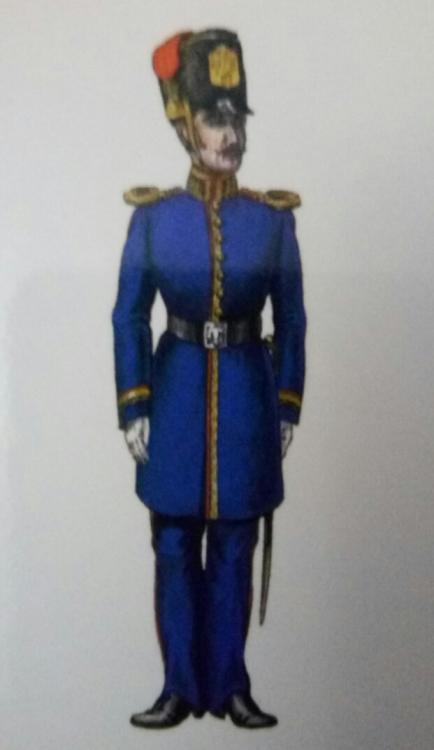
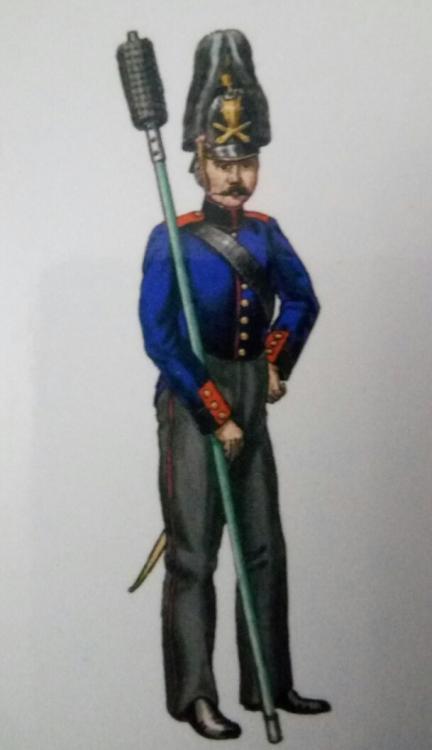
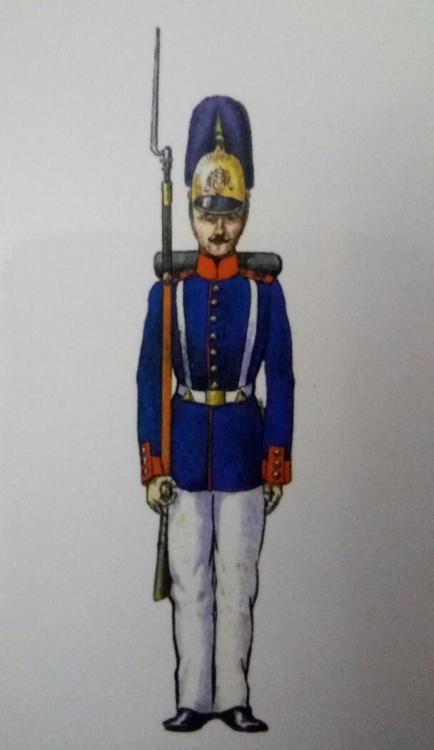
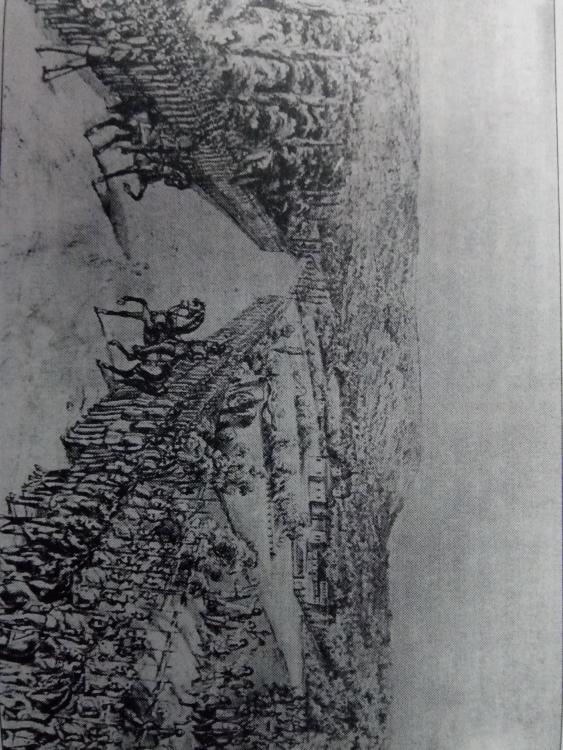
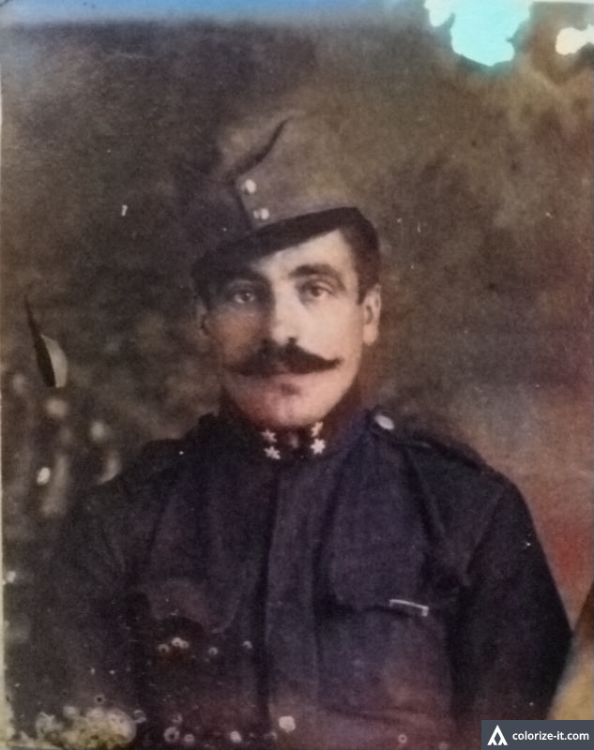

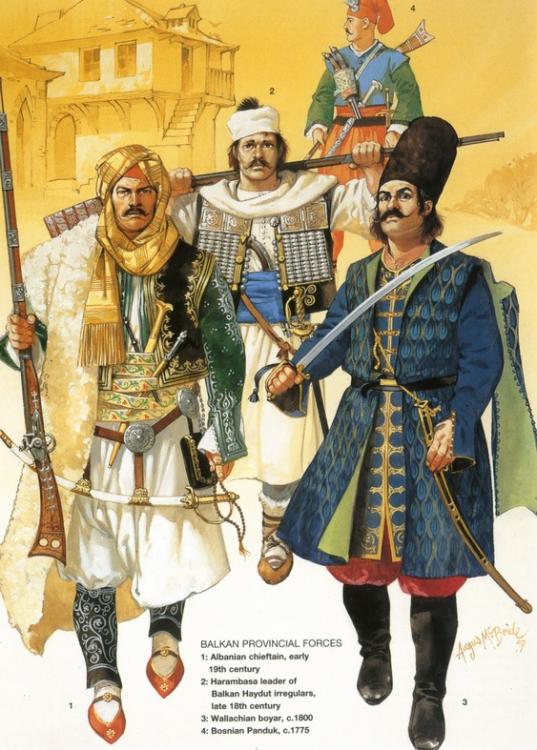
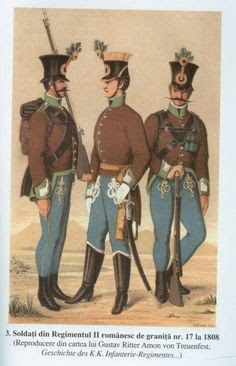
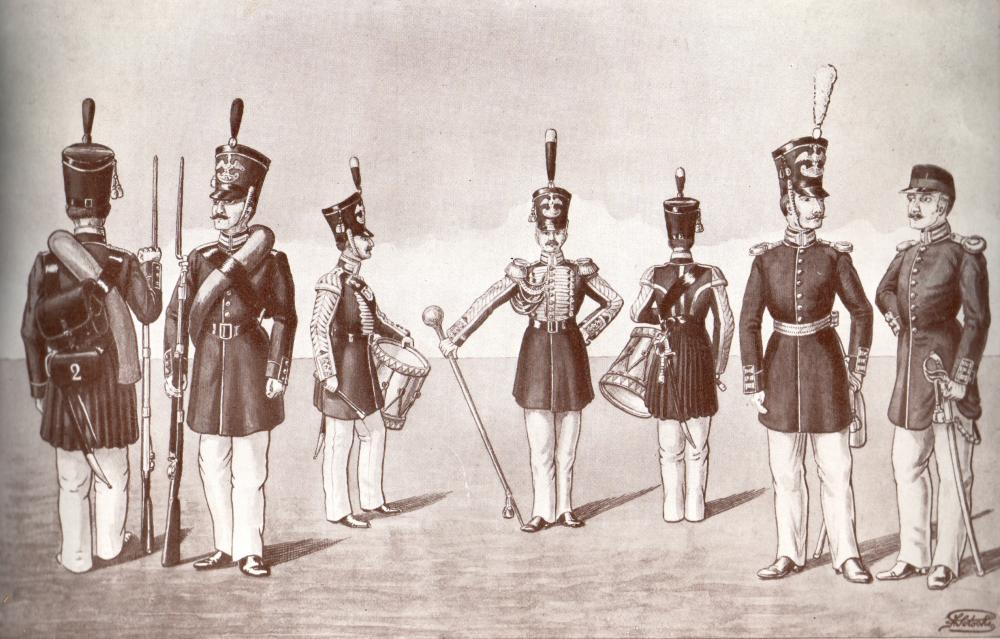
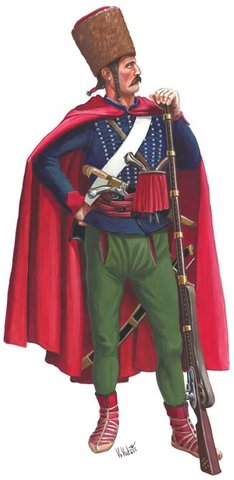
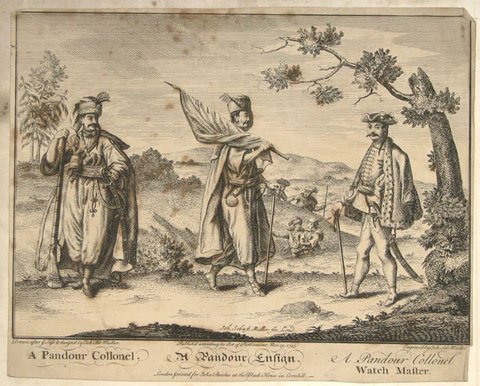
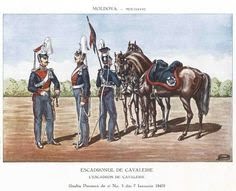

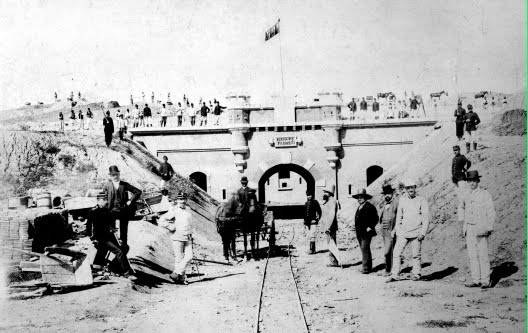
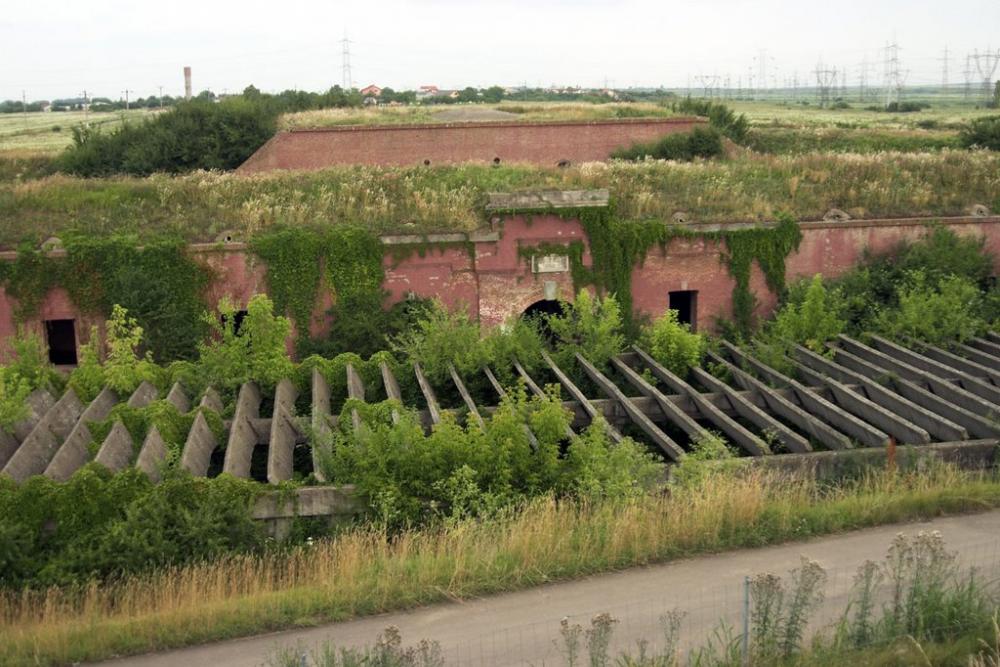
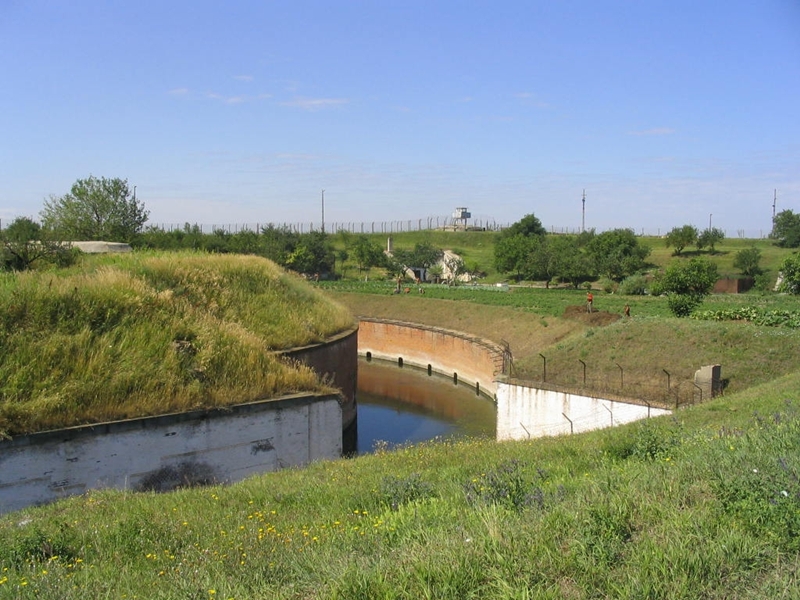
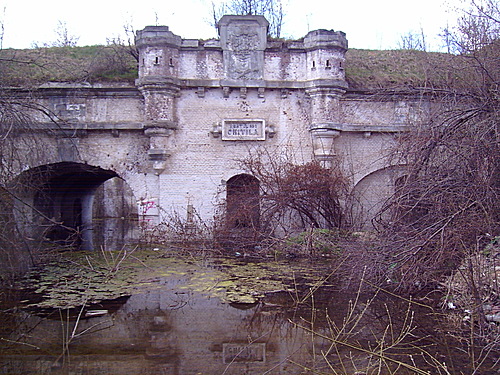
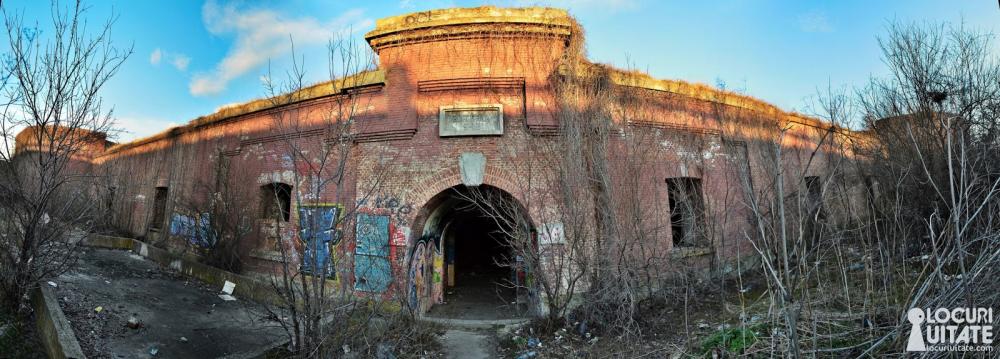
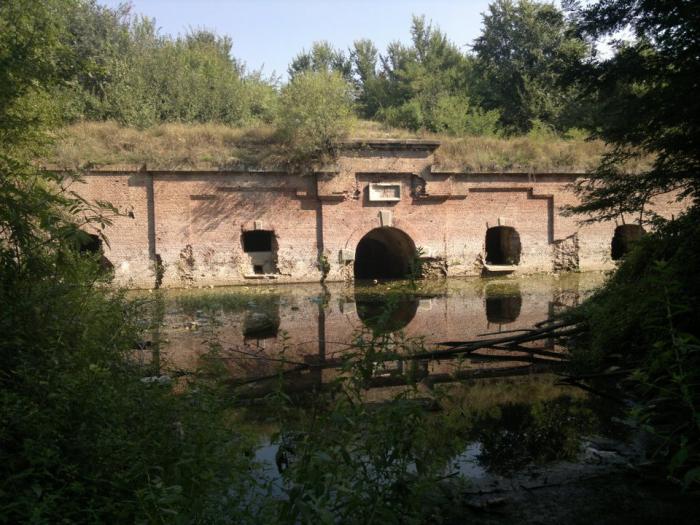
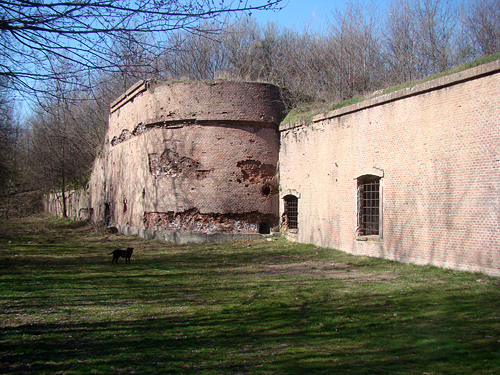
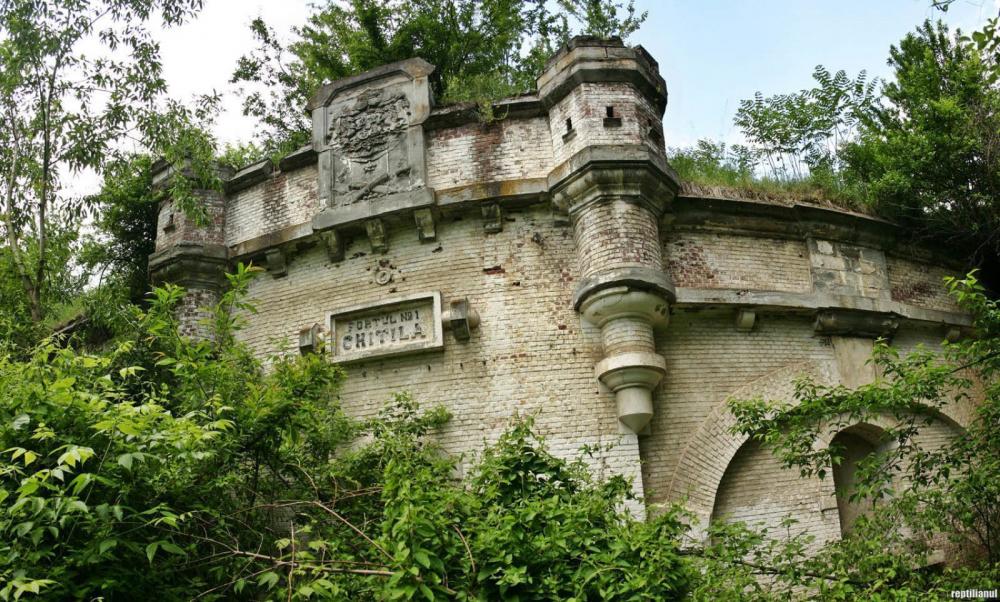
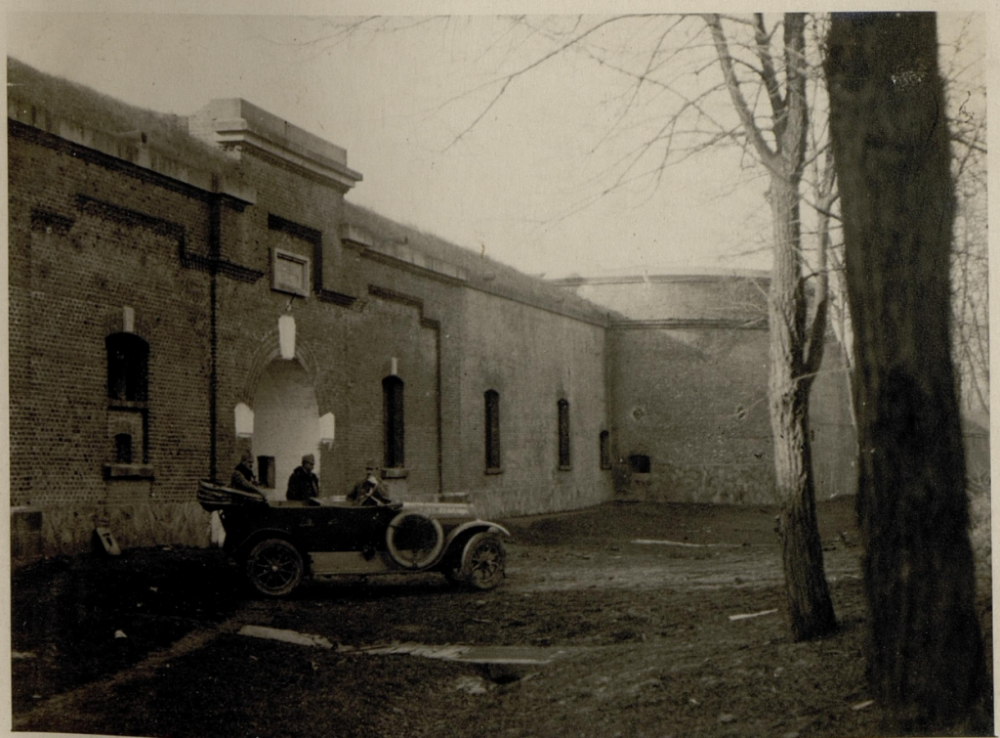

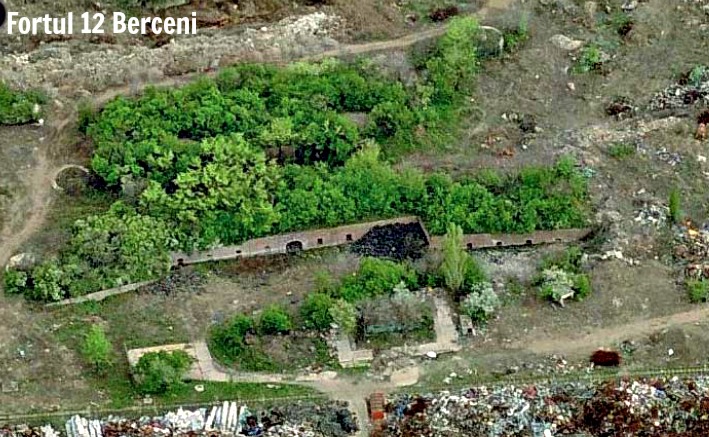

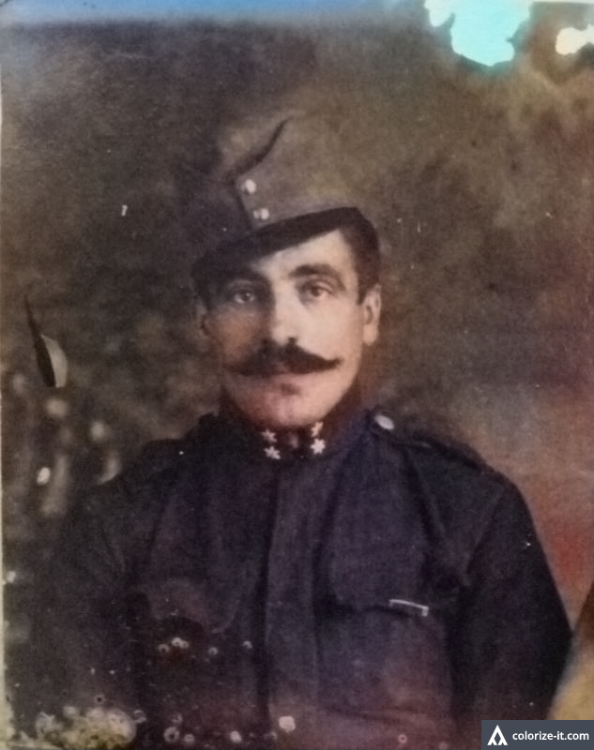
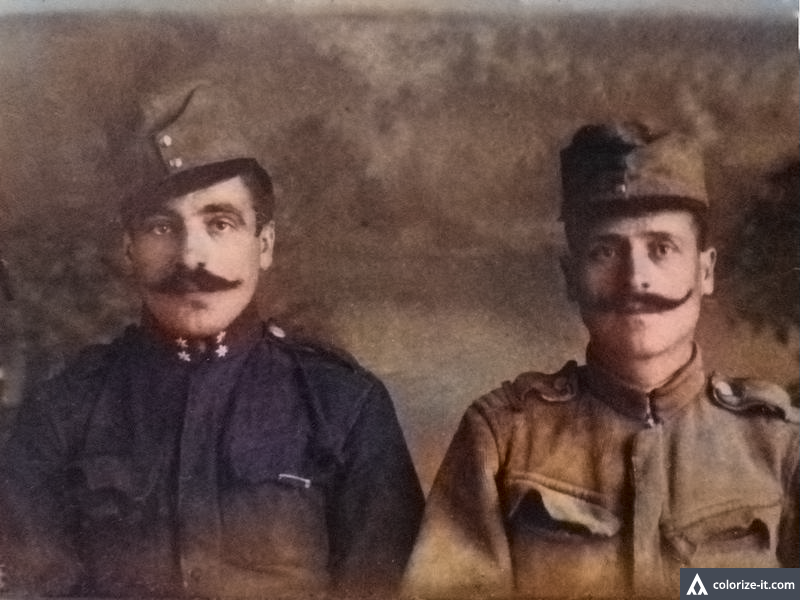

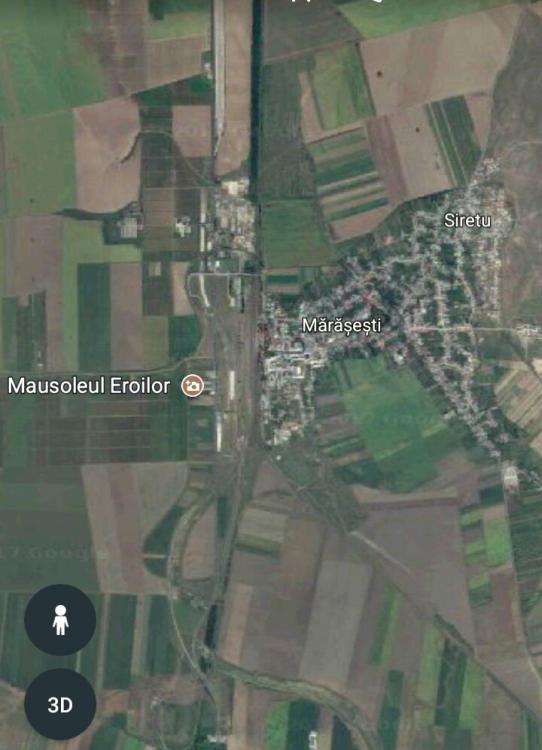
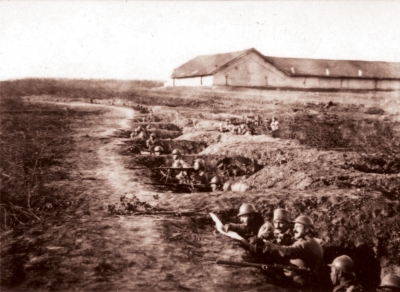
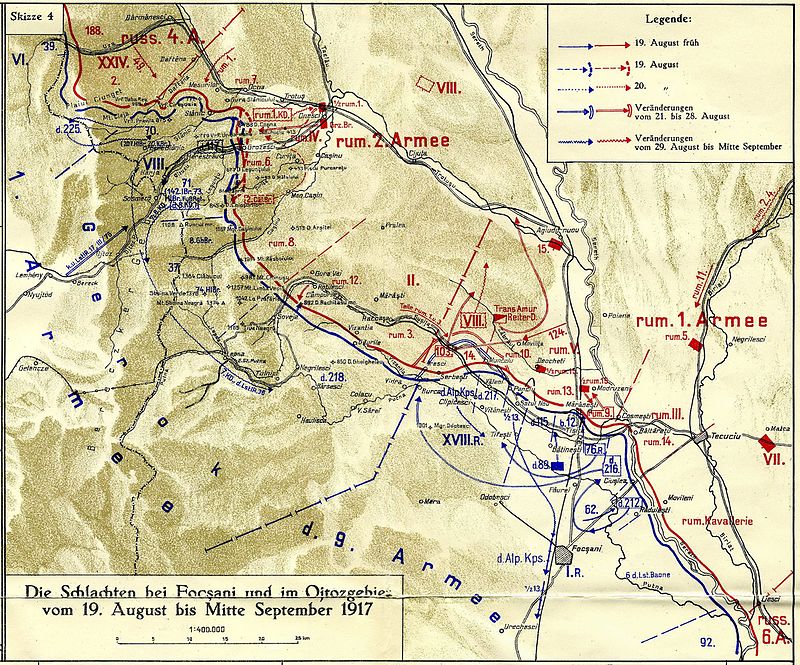

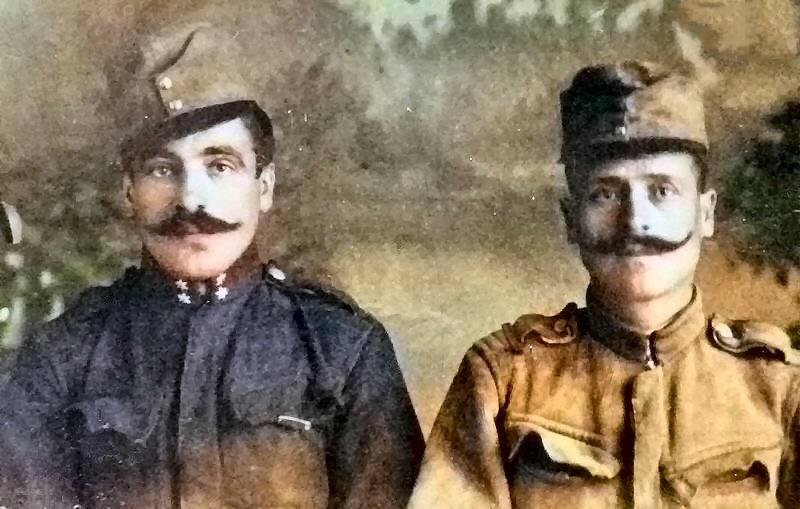
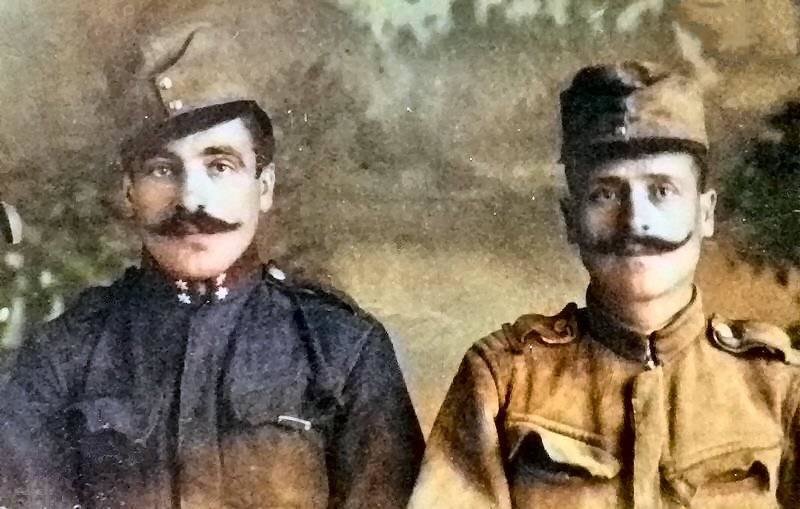

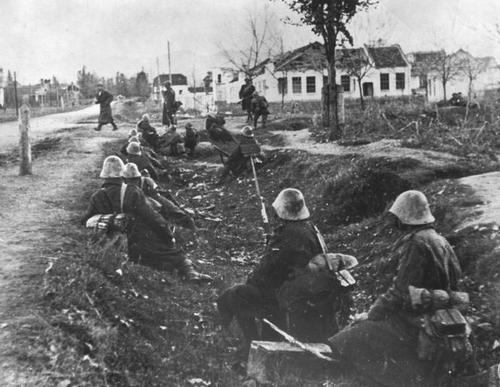
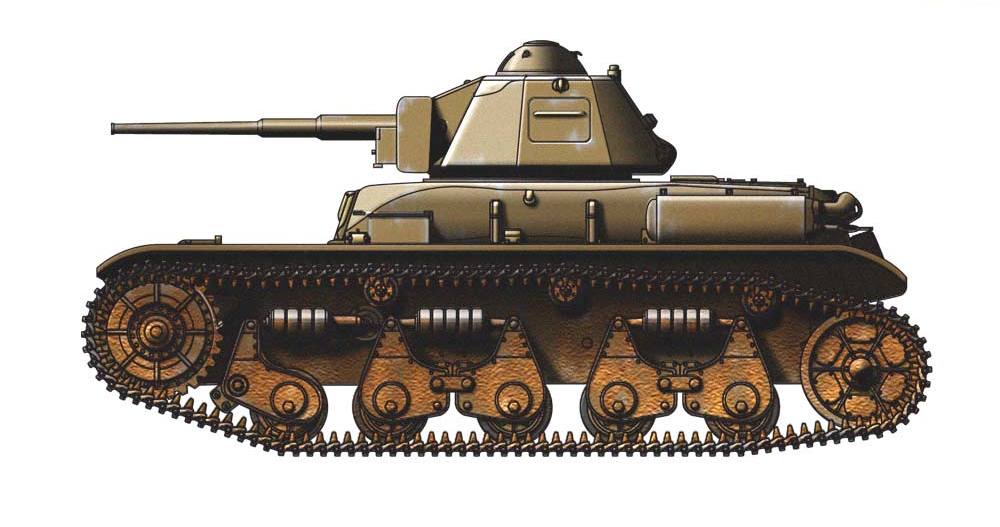
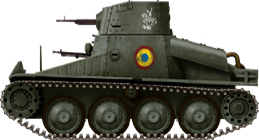

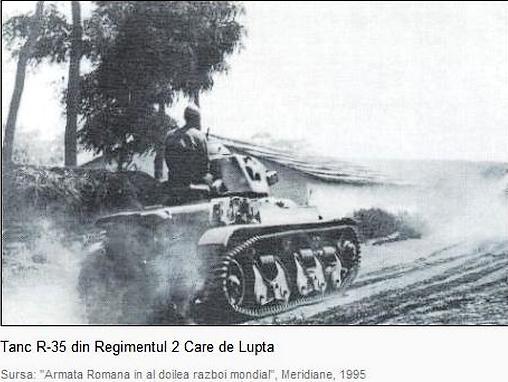
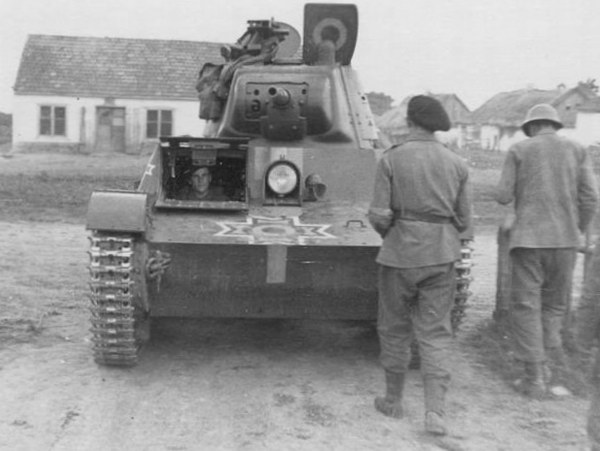
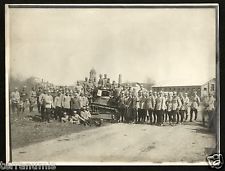
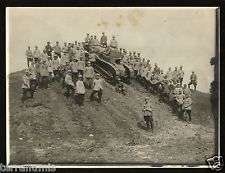
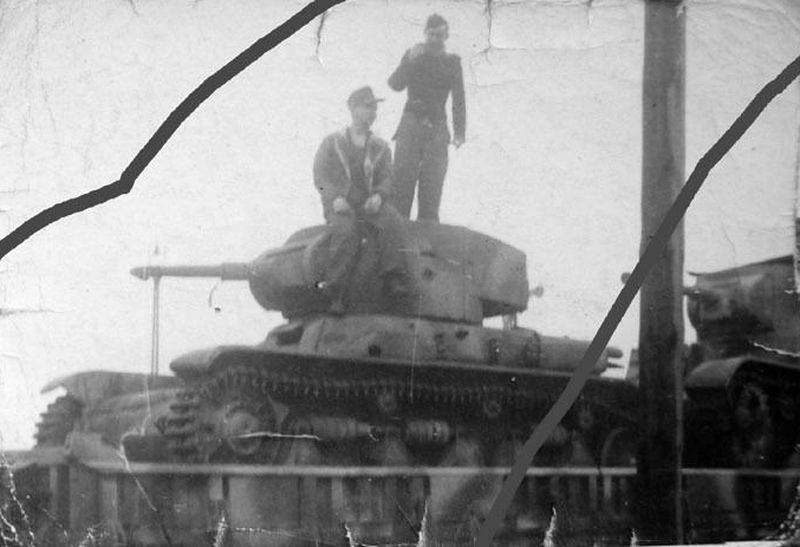
Actual Rail Gun on the Romanian Front?
in Armour, Vehicles, Ships & Aircraft
Posted
In the 1978 Romanian war movie "Ecaterina Teodoroiu", there is a scene after she escapes from the Germans when the Romanians are involved in destroying a German rail artillery piece that was threatening Târgu Jiu. Same story appears in our 4th class history books at school, being cosidered the source of her nickname "The Jiu Heroine", but there is no mention about this episode in any of her official biography, also being no mention about any German or Austro-Hungarian rail artillery used on this specific section of the front, neither in 1916 or 1917. Unfortunately, I can not remember the minute in the movie where that appears, but I want to know how real is that episode, shredded in mistery and Communist propaganda?